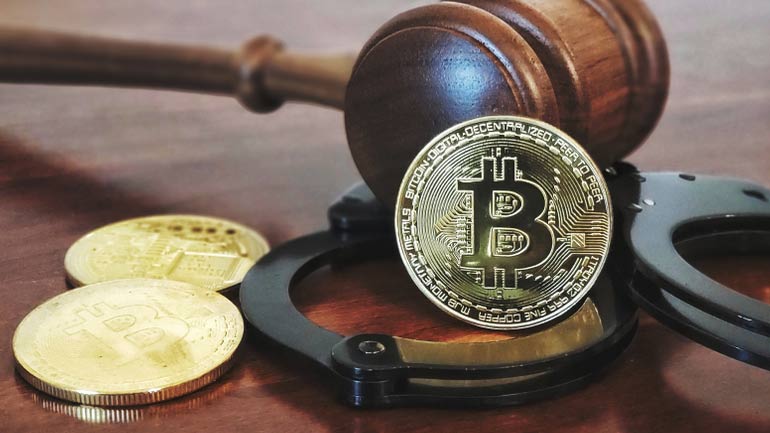It’s an open season when it comes to crypto regulation. The government of different countries continues to announce regulations for cryptocurrencies and their trading. These regulations could either be in favor of or against cryptos. El Salvador has gone the opposite route of most governments and accepted bitcoin as legal tender. In the same vein, governments of countries like India and Nigeria remain strongly against cryptocurrencies.
Related Reading | Major U.S. City Mayor Advocates Bitcoin As A Fix For Inflation
Effective regulations that will not stifle the growth of cryptocurrencies continue to be a hot debate topic. Some lawmakers have shown support for cryptos, like U.S. city Mayor Scott Conger. While others continue to see them as a threat, as is the case of Senator Elizabeth Warren.
A recent research paper has posited that a government-issued CBDC as a standard stable coin would be the best way to approach this.
Private Currencies Are “Wildcats”
A paper released by Fed and Yale researchers referred to privately issued currencies as wildcats. The paper touched on the topic of stablecoins. Pointing out that the discussion of stablecoins is inevitable. Because most cryptos trade against USDT.
The uninsured nature of the private coins was a recurring theme. With concerns being that government would eventually have to bail out citizens. Citing that when uninsured projects like this fail, there is nowhere else to turn but to governments.
Total crypto market cap now sits above $1.6 trillion | Source: Crypto Total Market Cap on TradingView.com
Unregulated and private-issued currencies typically have no “legal backing.” Thus, using these coins puts the users at risk. As governments are not able to control these currencies. And hence, the authors worry the stablecoins would evolve to an ecosystem similar to the free banking era of the 19th century. Meaning that private entities can just issue their own currencies and the value of the currencies would depend on the size of the issuing parties.
How To Go About Crypto Regulation
The authors of the paper mainly put forward two proposals to regulate stablecoins. The first being that existing stablecoins should be converted to an equivalent of public money. This would be done by issuing these stablecoins via FDIC-insured United States banks. Or backing up existing stablecoins on a 1:1 basis with treasury bonds.
Simply put, going this way would put cryptos under the control of the government. As the FDIC is a governmental agency that provides deposit insurance for banks. Furthermore, treasury bonds are issued by governments.
Related Reading | Why U.S. Senator Warren Gave SEC Deadline To Clarify Crypto Regulation
The authors also put out another option. The issuance of a U.S. central bank digital currency (CBDC). And also, taxing existing stablecoins, in an effort to tax “private money” out of existence.
Any one of these paths taken would end up with cryptocurrencies under government control. Effectively eliminating the reason for cryptocurrencies in the first place, a decentralized monetary system controlled by no one. Basically eliminating a critical component of why cryptocurrencies are so vital.
